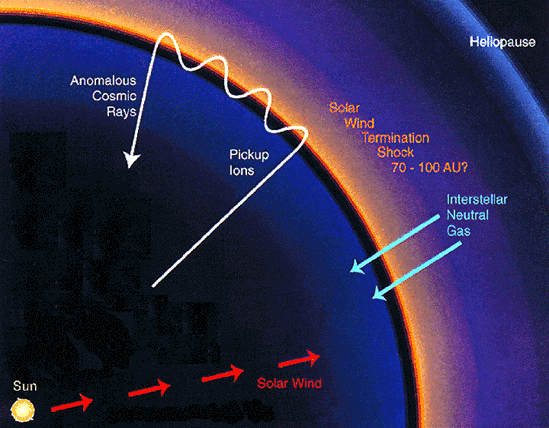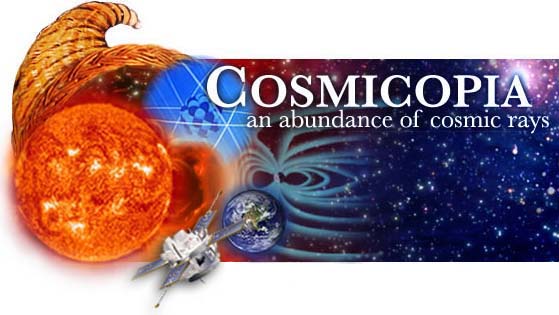
Anomalous Cosmic Rays
The ions repeatedly collide with the termination shock, gaining energy in the process. This continues until they escape from the shock and diffuse toward the inner heliosphere. Those that are accelerated are then known as anomalous cosmic rays.
It is not certain exactly which particles are accelerated at these shocks. The energy boost given to pickup ions at CIR shocks may be an important factor in ACR production. The mechanism of the acceleration of pick-up ions at the solar wind termination shock is also a big question.
ACRs are thought to represent a sample of the very local interstellar medium. They are not thought to have experienced such violent processes as GCRs, and they have a lower speed and energy. ACRs include large quantities of helium, oxygen, neon, and other elements with high ionization potentials, that is, they require a great deal of energy to ionize, or form ions. ACRs are a tool for studying the movement of energetic particles within the solar system, for learning the general properties of the heliosphere, and for studying the nature of interstellar material itself.
 ACRs in the News:
ACRs in the News:
December 29, 2009: First-time measurement of ACR O gradients during an A<0 period in the inner heliosphere -- ACE News
November 28, 2007: Voyager 2 nears threshold at edge of solar system -- Canadian Broadcasting Company
September 28, 2007: Energy spectra of ACR oxygen during the approach to solar minimum -- ACE News
August 31, 2007: Celebrating 10 years of ACE in space -- ACE News
February 18, 2006: New theory resolves mystery of anomalous cosmic rays -- SpaceRef.com
January 3, 2004: Next stop, interstellar space -- Science News
July 17, 2003: Interstellar and heliospheric parameters derived from observations of pickup helium in the focusing cone -- ACE News
November 26, 2002: Cosmic Hot Interstellar Plasma Spectrometer (CHIPS) satellite -- NASA GSFC
November 1, 2002: Cosmic rays from the Kuiper Belt -- Sky & Telescope
October 30, 2002: SwRI-led team solves mystery surrounding anomalous cosmic rays -- SwRI
October 30, 2002: Some cosmic rays originate within solar system, researchers find -- AGU
April 2, 2002: Charge states of energetic particles in corotating interaction regions -- ACE News
January 29, 2001: The disappearance of ACR oxygen with solar maximum -- ACE News
March 2, 2000: Pioneer 10 gets new lease on life in outer solar system -- CNN
April 15, 1998: Evidence for the Rare Isotopes 22Ne and 18O in Anomalous Cosmic Rays -- ACE News
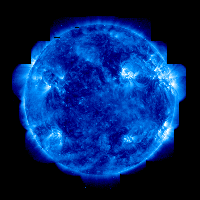
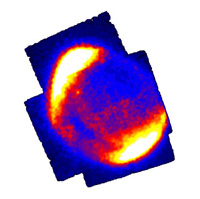
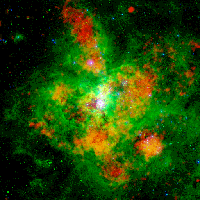
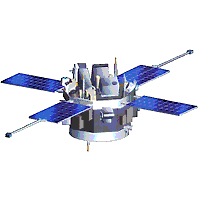
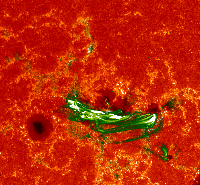
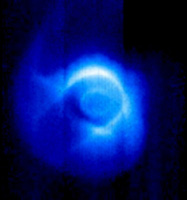
Questions and comments to: cosmicopia@cosmicra.gsfc.nasa.gov
Curator: Dr Eric R. Christian, NASA
Responsible NASA Official: Dr Eric R. Christian
Privacy Policy and Important Notices

HOME
In the News
History
Ask Us
Great Links
Glossary
Site Map
Search NASA
